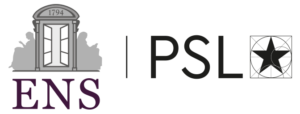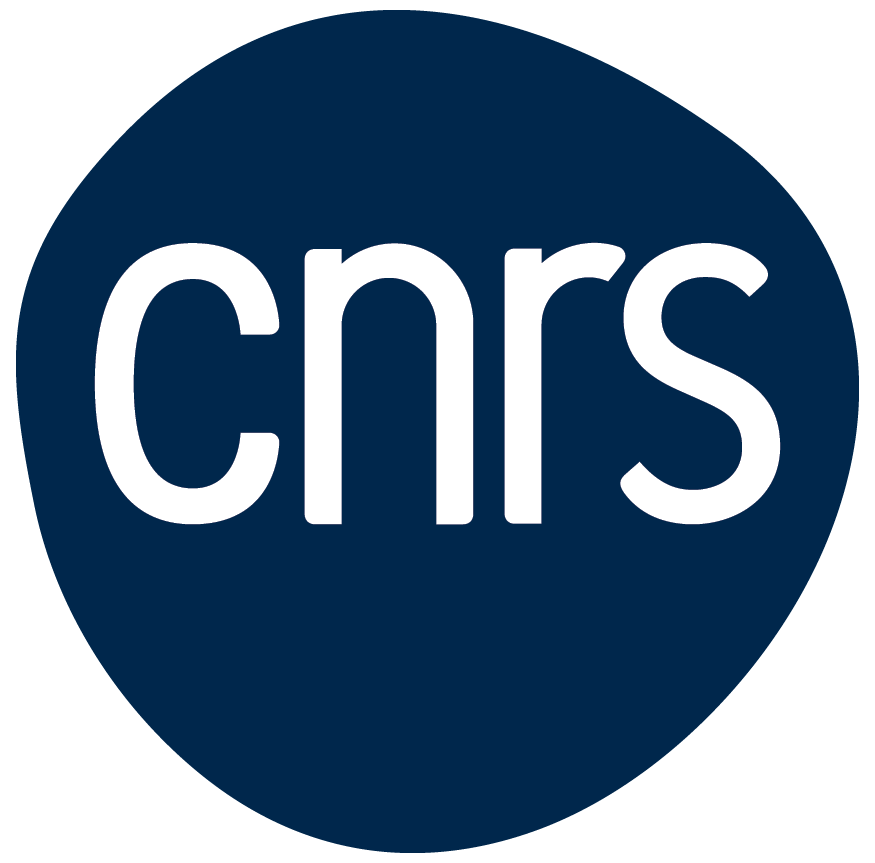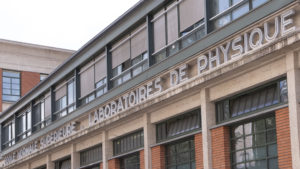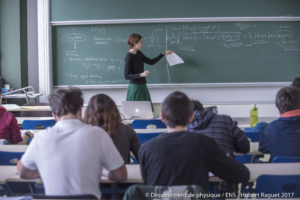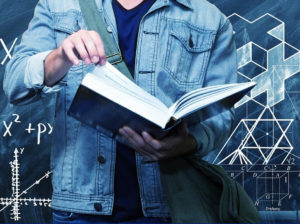In this new experiment, researchers from the Quantic team of LPENS, shunt a high-impedance LC oscillator with a dipole element favouring the tunnelling of paired Cooper pairs. This leads to large phase fluctuations of 3.4, accessing a regime where transition frequencies shift non-monotonically with excitation number. From spectroscopy, they extract two-, three-, and four-photon interaction energies, all of similar strength and exceeding the photon loss rate. These results open a new regime of high-order photon interactions in microwave quantum optics.
This work is published in the journal Nature Communications.
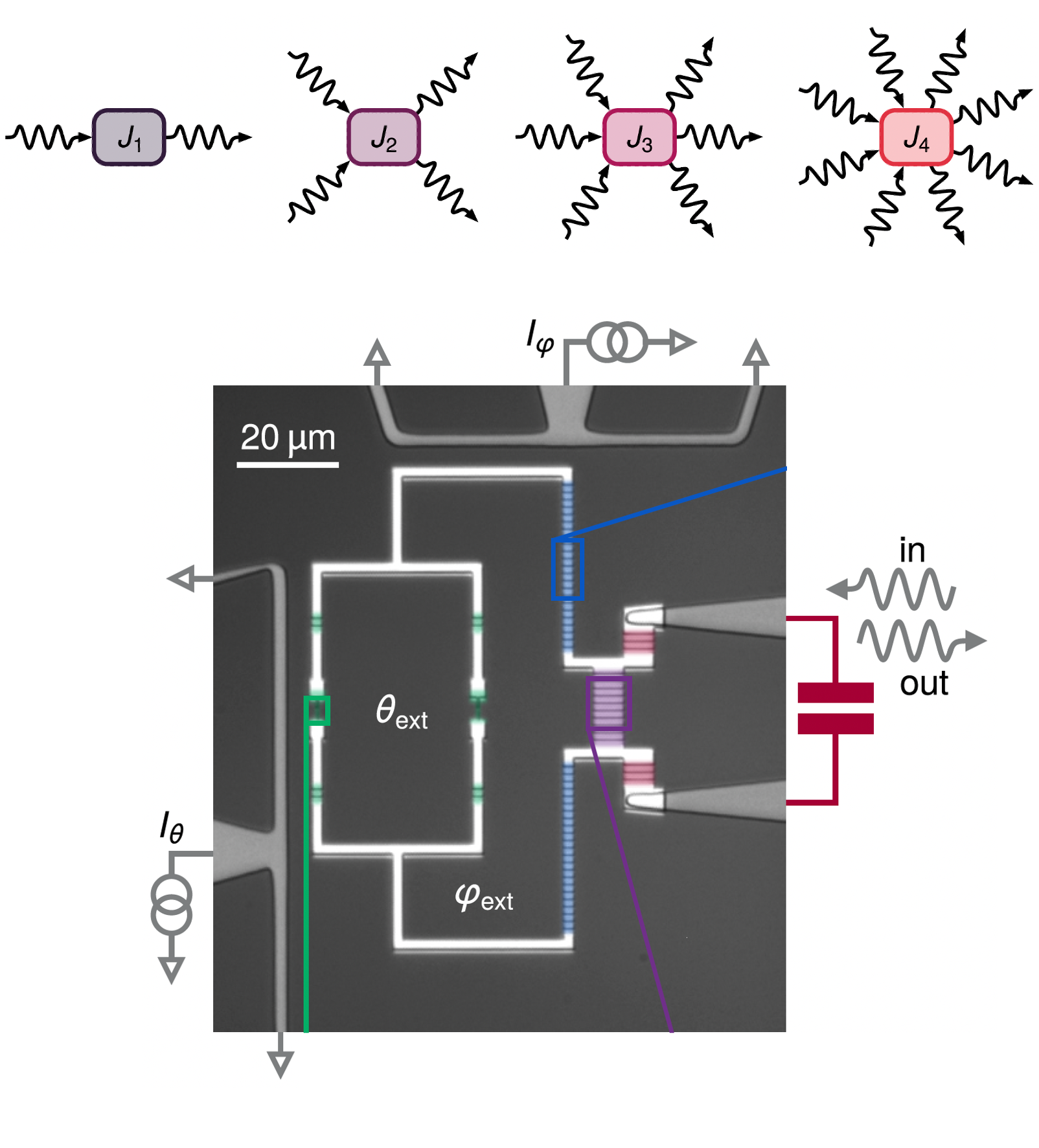
A superconducting circuit endowed with Cooper-pair pairing (below) induces multi-photon interactions (above), revealing a new regime of microwave quantum optics relevant for quantum information and many-body photon physics.
More:
– Article in Nature Communications
– INRIA website
Affiliation author:
Laboratoire de physique de L’École normale supérieure (LPENS, ENS Paris/CNRS/Sorbonne Université/Université de Paris)
Corresponding author : Zaki Leghtas
Communication contact: Communication team
